

Earthquakes are a fact of life in New Zealand, but we still don’t understand exactly what triggers them. Microscopes are some of the many tools that scientists are using to get a better ...
READ MORE
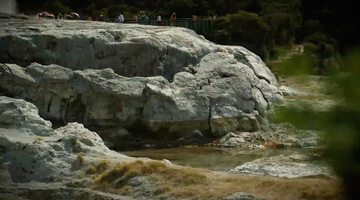
The haukāinga (local residents) of the Rotorua area – Te Arawa, Tūhourangi and Ngāti Wāhiao – have lived in this highly active geothermal region for generations. The unique geology of the area ...
READ MORE
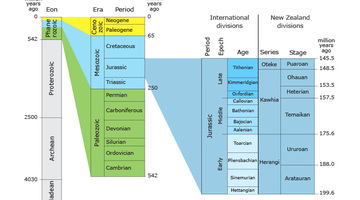
Many of us are familiar with some names for parts of Earth’s distant past. There’s the Jurassic, made famous in the movie Jurassic Park, and the Cretaceous, when dinosaurs roamed New Zealand, but ...
READ MORE

In this activity, students identify the main minerals present in granite and investigate some of their properties. By the end of this activity, students should be able to: identify the rock known ...
READ MORE
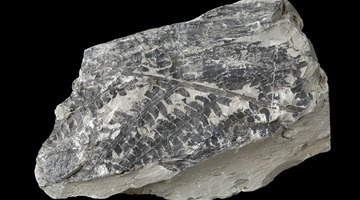
In this activity, students date fossils from one site by matching them to fossils already dated somewhere else. They use real data from Mangahouanga, made famous by paleontologist Joan Wiffen. By ...
READ MORE
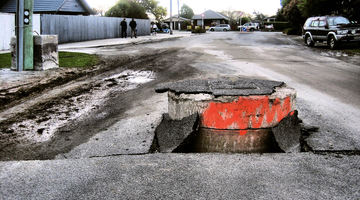
The series of activities described below was designed to help students develop an understanding about earthquakes in New Zealand, including why we get them and how we measure them. The world of ...
READ MORE
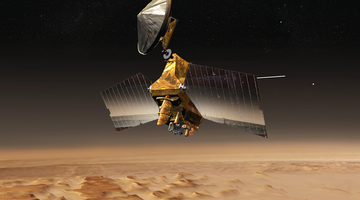
The Planet Four online citizen science project is designed to assist planetary scientists to identify and measure features on the surface of Mars that don’t exist on Earth. Help is needed to ...
READ MORE
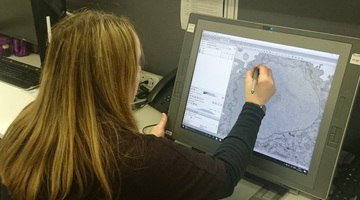
In this online citizen science (OCS) project, participants analyse electron microscope images taken of a range of biological samples, helping scientists better understand cancer, infectious ...
READ MORE
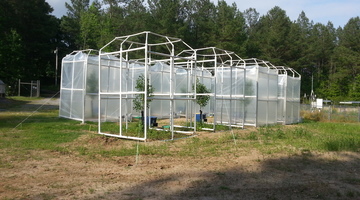
By comparing some features of fossilised plants with the same features of plants living today, scientists hope to be able to learn more about the effect of changing carbon dioxide (CO2) levels in ...
READ MORE
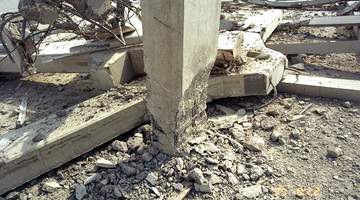
About 14,000 earthquakes are recorded in and around Aotearoa New Zealand every year. Canterbury’s 7.1 and Kaikōura's 7.8 magnitude earthquakes and subsequent aftershocks show the constant threat ...
READ MORE
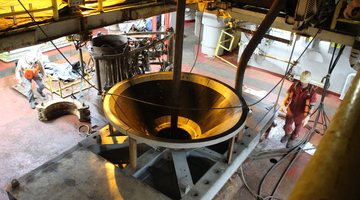
In this recorded professional learning session, Lyn Rogers and guest Aliki Weststrate from GNS Science explore some of the science involved in building our understandings of natural hazards ...
READ MORE

The Science Learning Hub has lots of resources for primary teachers related to the night sky in the Planet Earth and Beyond strand of the New Zealand Curriculum. The night sky is fascinating to ...
READ MORE
Rotorua is world famous for its geothermal features. For generations, local Māori used the hot pools with little impact on the natural system. As Rotorua’s population grew, unsustainable amounts ...
READ MORE
In this video, educator Angela Schipper demonstrates how to build a model of an aquifer – a layer of rock or other material that carries water underground. This is an excellent activity that ...
READ MORE
Dr James Crampton explains that all geologists need to know the age of the rocks they work with. At GNS Science, important research continues to make the New Zealand geological timescale more ...
READ MORE
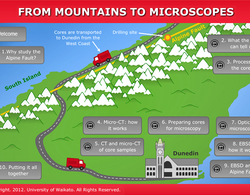
In this interactive follow a core sample as it makes its journey from the Alpine Fault to microscopic examination. Click on the labels for more information. Select here to view the full ...
READ MORE
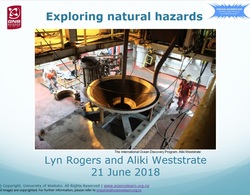
This is the slideshow that supports the Exploring natural hazards PLD webinar. Use the Slideshow menu for further options, including view full screen, and go here for the download option.
READ MORE
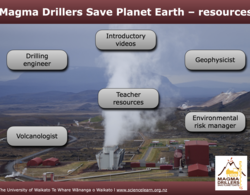
This interactive introduces and houses resources developed by Magma Drillers Save Planet Earth – a University of Canterbury project funded by Curious Minds. Select here to view the full ...
READ MORE